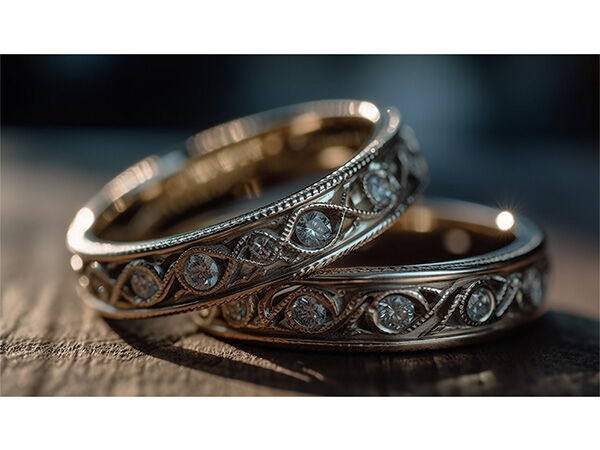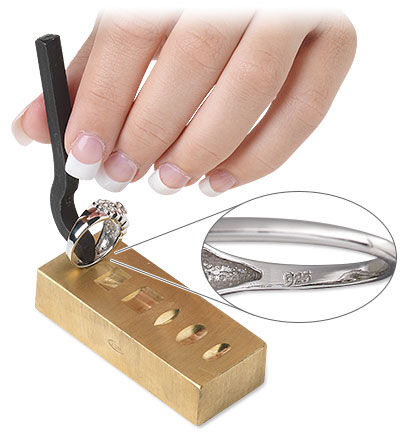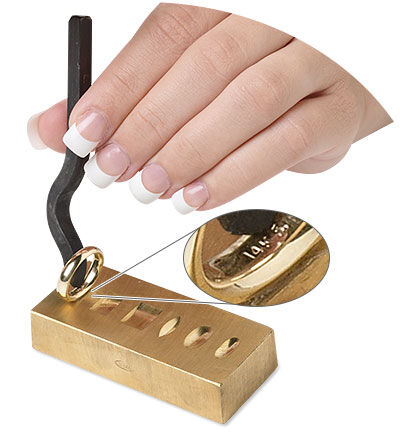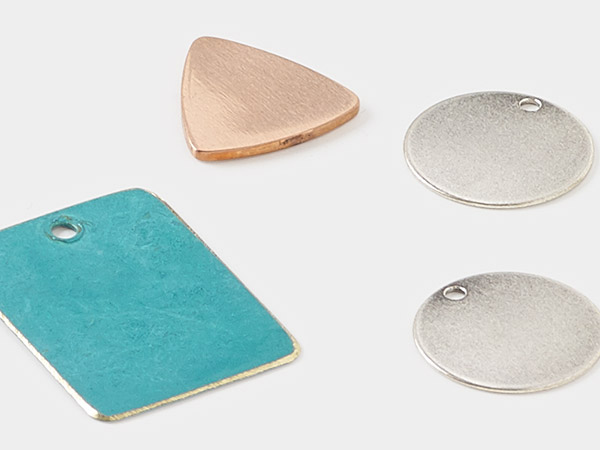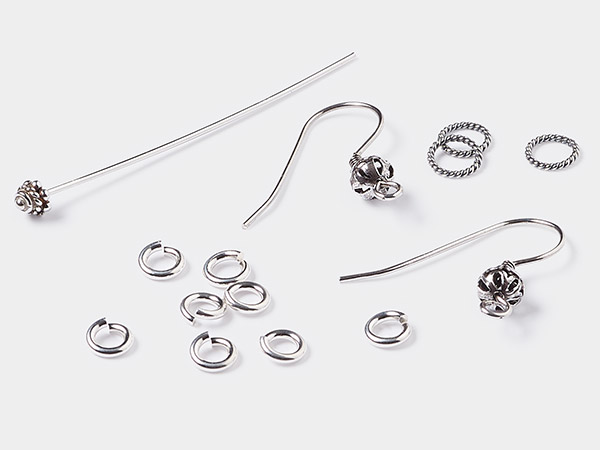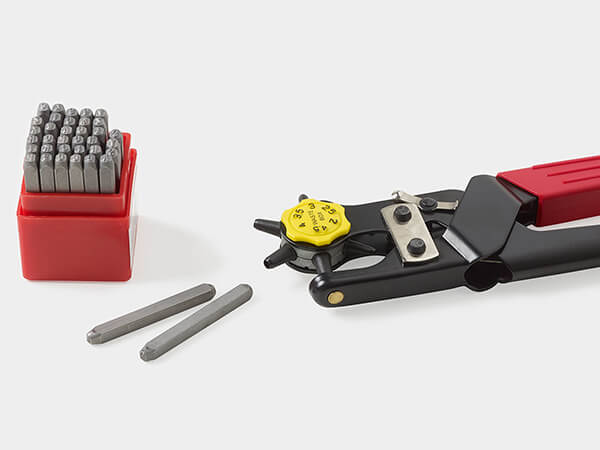Selling Precious Metal Jewelry in Accordance with U.S Law
Precious metal and other jewelry sold commercially often displays stamped marks such as 14K, .925, etc (called "hallmarks"). They are placed there in accordance with United States laws and statutes as a guarantee of the purity or fineness of precious metals such as gold, silver and platinum. Their use and regulation are overseen by the FTC (Federal Trade Commission), protecting both businesses and consumers from fraud.
The FTC also enforces laws and rules regarding the description of whether metal items are "plated," "finished" or other modifiers. As the FTC modifies its standards, jewelry makers and suppliers like Fire Mountain Gems and Beads need to update the descriptions for precious, plated and finished beads and components so our jewelry-making customers have the most accurate and up-to-date information on what they're buying. This is why metal components formerly labeled as "plated" or "colored" may now be described as "finished."
These standards can also apply to jewelry makers working from home.
National Gold and Silver Stamping Act
In the United States, labeling of metals is covered under the National Gold and Silver Stamping Act (NGSSA, Metals Stamping Act or Stamping Act). This was passed in 1906 to eliminate the adulteration of precious metal items being imported and sold in the U.S. The NGSSA is enforced by U.S. Customs and the FBI. The NGSSA or Act applies to all precious metals manufactured or created for commercial use (to be sold to others, whether business or consumer).
When to Mark Metal Content on Your Jewelry
We recommend that you include metals information when making or gifting jewelry. (You never know who has metal sensitivities.) If you are selling your creations, it's a good idea to mark it for metals quality. This not only applies to precious metal components, but also to pieces or components made of precious metal clays.
Marking your jewelry for metals content at all (often called "hallmarking" or "quality marking") says your work is of the highest quality. This especially applies to gold and silver hallmarks.
If you hallmark your jewelry creations, then you should be aware of what the FTC regulations and US law says:
"... the term 'quality mark' means any letter, figure, numeral, symbol, sign, word, or term, or any combination thereof, that has been stamped, embossed, inscribed, or otherwise placed on any industry product and which indicates or suggests that any such product is composed throughout of any precious metal or any precious metal alloy or has a surface or surfaces on which there has been plated or deposited any precious metal or precious metal alloy."
Filled, Plated, Electroplated, Finished, Washed, Etc.
Gold- and silver-filled items are a second category. U.S. laws and statutes (including 16 CFR 23.4 and 15 U.S. Code § 297) regulate what can be labeled as a "filled" metal product, for the same reasons that precious metal items are regulated.
Plated
All products labeled as gold-, silver- or platinum-plated must be coated with that particular precious metal--with a legally defined thickness of metal--in order to be called "plated." "Plated" items must have a standardized plating thickness of 0.5 to 1 micron of the plating metal (gold, silver, copper, rhodium, etc.) over the base metal. A micron (or micrometer) measures one millionth of a meter, thinner than a human hair. So any item defined as "plated" must be coated with at least a hair's thickness of the precious metal to be legally defined as "plated." In addition, if the plating is gold, the karat fineness of the plating cannot be less than 10Kt. "9Kt gold plate" is not a legitimate marking, so don't let anybody con you.
Finished
Any bead, jewelry-making component or other items with a thinner coating (less than 0.5 micron of that precious metal) of a precious metal are labelled "finished." This range indicates how different metal platings have different thickness requirements (gold is strictly regulated, rhodium far less), according to U.S. laws and industry standards.
If a piece is covered by a range of plating thicknesses (due to different wear patterns), then the thinnest plating sets the definition.
Electroplated
To be labeled with "electroplate," a piece has to have been plated using an electrolytic process. It should have a minimum thickness equivalent to .175 microns, with gold electroplate needed to meet standards of gold fineness. When the minimal fineness is met, but the plating is too thin, it is "gold-flashed" or "gold-washed." When the minimal fineness is met, and the plating is equivalent to 2.5 microns, it is labeled "heavy gold electroplate." If a specific electroplating process is used, that can be identified on the piece.
So, with all that hassle, why mark your jewelry at all?
Why Metals Hallmarks Matter to You
It's important that your customers know what they're paying for. This is especially vital if you're selling your jewelry on consignment at a boutique, salon or market--any place where you aren't there to talk about your creations. Knowing the quality metal content of your jewelry will let them know that you're not bilking them--you're asking a fair price for what they're getting. It can make the sale for you when you're not even there.
On vintage jewelry, quality marks will often show up right next to maker's marks or manufacturer hallmarks. If you repurpose those components into your piece, clearly label them. You can stamp your own metal fineness marks into your work using these convenient stamps and punches.
Make sure any jewelry you sell is within the requirements of U.S. law and regulation and let your customers know they can rely on you to be honest, knowledgeable and dependable.
Have a question regarding this project? Email Customer Service.
Copyright Permissions
All works of authorship (articles, videos, tutorials and other creative works) are from the Fire Mountain Gems and Beads® Collection, and permission to copy is granted for non-commercial educational purposes only. All other reproduction requires written permission. For more information, please email copyrightpermission@firemtn.com.
